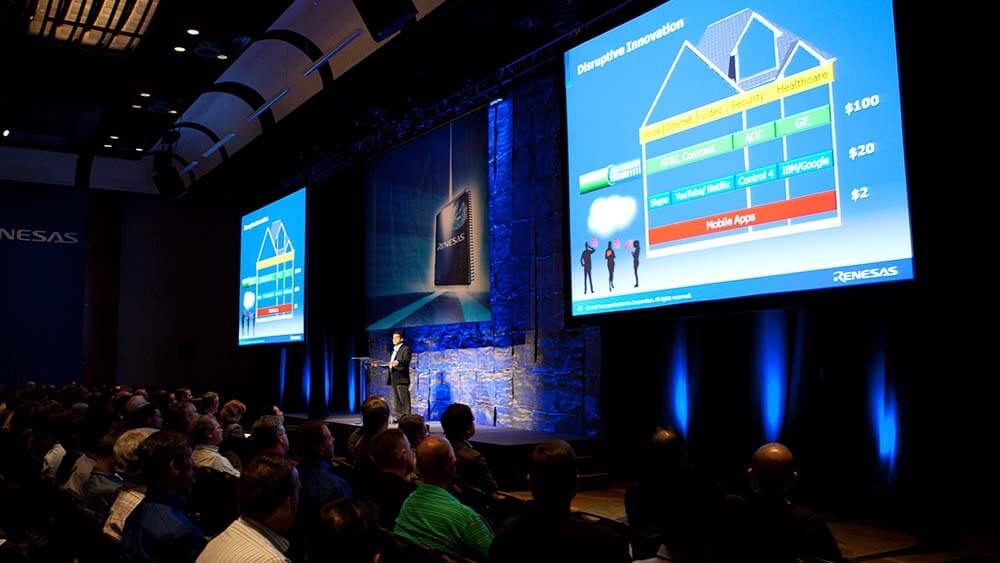
Whether planners are hosting an in-person, virtual, or hybrid event, Encore’s advanced strategy, creative production, and technological capabilities are sure to exceed their expectations.
The elements that make for an outstanding event go far beyond what happens on the big event days themselves. Experienced meeting planners know that overall attendee satisfaction starts from the moment they find out about a gathering and follows them through the event and eventually to the post-event survey. At Encore — a global leader in end-to-end event planning, creative, technology and production — this path is known as the attendee journey, and mapping that journey is a key component to success.
“The process of design thinking starts with understanding the stakeholders, creating personas, and digging deep into the areas that matter most to them,” said Christine Kiesling, Encore’s head of strategy services. “By developing a deep understanding of audiences, event professionals are able to deliver purposeful, productive meetings that deliver on the organization’s objectives and drive business forward.”

Mapping the attendee journey allows meeting planners to craft the perfect event, keeping everyone engaged and highly satisfied with the experience.
These are the five steps of mapping the attendee journey:
Step 1: Define your core customer segments. To get started on mapping the attendee journey, your team must discuss who the event is meant to serve. Choose three customer segments to focus on, then dive deeper into the psyche of these potential attendees. For example, what do audience members want? What are their common pain points? Why would — or wouldn’t — they come to your event? With these questions in mind, you’re on the way to understanding your customers and meeting their expectations.
Step 2: Identify your event goals for each customer segment. Next, decide on what you’re trying to achieve with each customer segment. Do you have a sales number you need to hit with sponsorship? Do you need to create training programs for employees? Whatever those goals may be, break them down into S.M.A.R.T. objectives: smart, measurable, achievable, relevant, and time-based. This will allow you to create a system for accurately and consistently measuring success with each customer segment.
Step 4: Describe each customer’s exit behavior. Next, you can repeat this process with the customer’s exit behavior in mind. Think about what you hope this person will feel, say, and do at the close of your event. Are there any specific actions you want them to take?
Step 5: Map out the attendee journey to the goals and behaviors. Now, with both entrance and exit behaviors clearly defined for each customer segment, the last step is to determine how you can take attendees from point A to point B, fulfilling their needs and meeting your goals along the way.
With the help of Encore’s Strategy Team, going through these five steps will be a smooth process, paving the way for a memorable and successful event for both planners and attendees.

